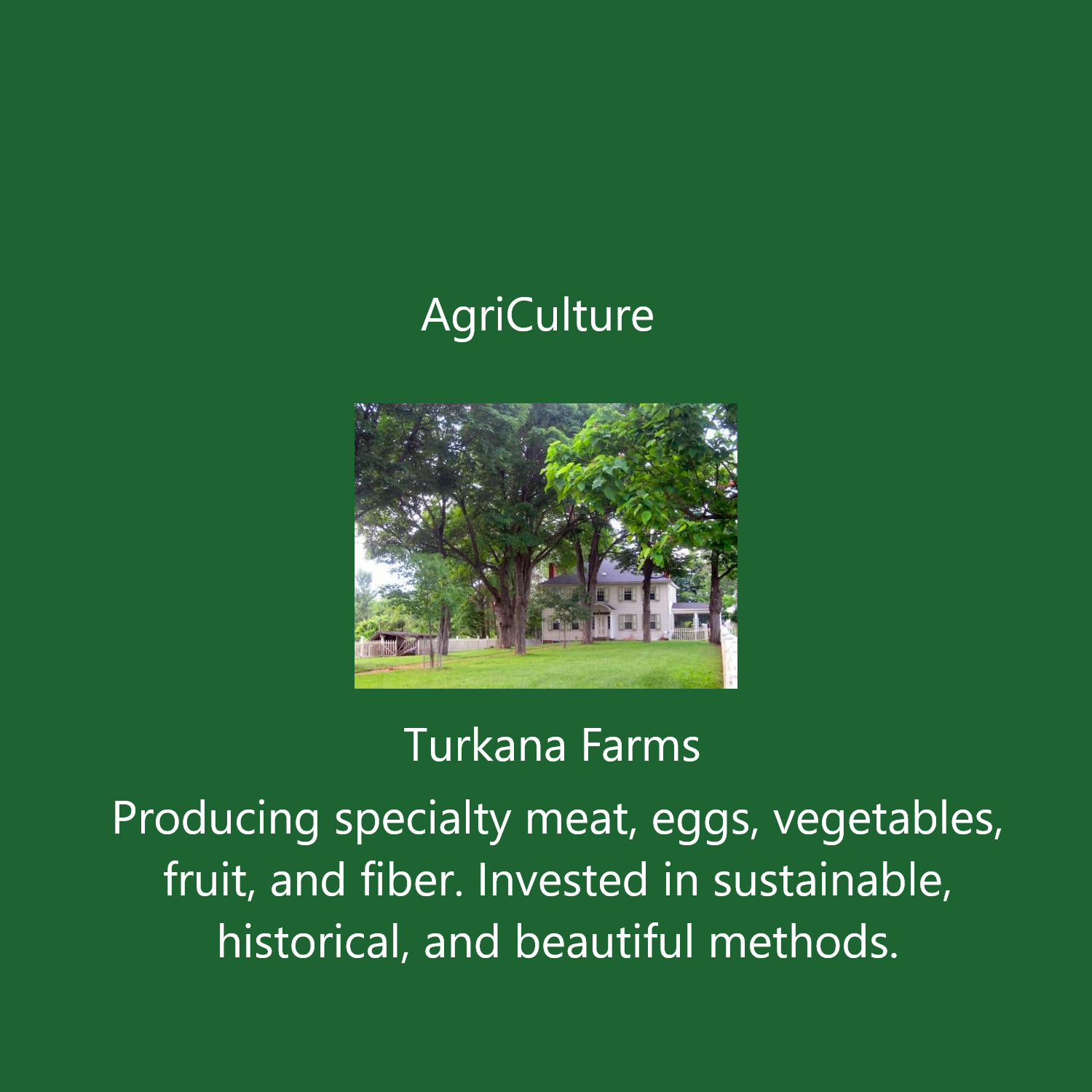
During a recent drive to the supermarket , I was struck by an NPR story about a contact tracer: A young mother kept apologizing to the caller for her child’s insistent crying in the background. The baby, she said, was hungry, and she couldn’t quiet her down. Struggling with COVID, she had no food in her house. No money for food. And I’m driving off to the market, entirely childless, for extra blueberries and honey and that greek yogurt I know my arriving friends Éric, Paul and Steve would prefer. Luckily, there was a semi-happy ending of sorts to the story: the tracer connected her to a local food bank. And I, guiltily, bought raspberries and ripe melon.
Between the holidays and trying to salvage all that meat from my broken freezer, I’ve been eating and drinking like a fat king. Chanukah potato latkes, Christmas Eve caviar and vodka, homemade pasta, fancy meat pies! Hunger — real hunger — feels like a foreign concept now. I can’t remember the last time I skipped a meal that I wanted, or even fasted for Yom Kippur. My guests would mean even more indulgence — even fancier meals with elaborate desserts. As Éric later pointed out, as we hesitated preparing yet another meal, “l’appétit vient en mangeant” (the appetite comes with the eating). And it did.
But I’ve also been following the periodic Pulse surveys from the US Census Bureau, tracking the effects of the COVID-19 pandemic on social well-being. Not everyone shares my privilege to find solace and joy in food. An analysis by the Center on Budget and Policy Priorities recently summed it up: “Some 27 million adults — 13 percent of all adults in the country — reported that their household sometimes or often didn’t have enough to eat in the last seven days, according to Household Pulse Survey data collected November 25–December 7.” A dramatic increase in food insecurity from pre-pandemic levels. Families with children were even worse off; hunger affects somewhere between 7 and 13 million American children. The vast majority of those facing hunger (86%) just lack money to buy food. As simple as it seems unimaginable.

Some help may be on the way. The 2021 Appropriations Bill that President Trump at first refused, then obstructed, and finally reluctantly signed last week includes about $7 billion to increase SNAP (food stamp) benefits by 15% through June 30, 2021 and will broaden program eligibility. It also has money to support food banks (which also helps undocumented residents who cannot qualify for SNAP benefits). It includes small changes, such as adding direct sale producers and farmers markets to on-line SNAP, and a program to incentivize SNAP participants to purchase fruits and vegetables from farmers markets. It’s a full turnaround from Trump’s initial budget proposals, which included $60 billion in CUTS to SNAP over 10 years and withholding 40% of allocated SNAP benefits. Instead, they wanted to create bulk packages of surplus food, so the needy would get no choice in the food that they consumed. This was all after, of course, all the administrative changes the Trump Administration had already made to restrict access to food stamps. (“Is it like that eating and appetite thing?” Steve asks. “Does acting evil and cruel make you actually hungry to be even more vicious?” We consider asking Eric if there a French aphorism for that but it’s too depressing.)
Focusing on food insecurity leaves me wondering about the direction I’ve chosen for the farm. I think of it as my refuge, for the mental peace it brings me, and as a source of personal sustenance in possibly scarce times. But weren’t all these fields made for a greater reason? Doesn’t my privilege of ownership come with a corresponding social responsibility to use this asset for the function for which, if there’s a God, He intended it? Especially as a faltering economy, hurt in part by the botched federal response to the pandemic, drives more people into hunger?
Over the last couple of years, I’ve hit several dead ends with transitioning the farm. My nephew and his wife, who determined after a year here that our mutual visions for the farm were incompatible. The young couple that wanted to move their CSA here, but decided they wanted the security of ownership. More recently, a beautiful family with three young children considered operating their own farm here, but they also had an urgent need for housing I could not satisfy.
I ultimately determined that the most feasible way to keep the farm was to lease out most of the back acreage to a nearby farmer to graze cattle here, and so I am doing. It requires no significant new investment — or work — on my part. It allows me to keep a small number of sheep and pigs, and to raise chickens and turkeys and garden on the front acreage. And the cattle are beautiful animals who I enjoy watching graze.
But this week I’ve been questioning. Is that the most socially responsible choice? Grass fed beef, as we once raised ourselves, is a luxury product, better for the environment than feedlot beef but with much more adverse environmental impact than raising chickens or vegetables. No, it is not the answer to feeding the world’s hungry, not that I ever expected to have that answer. But can I do more?
Having made this commitment, I’m justifying it, in my own mind, as a way of improving the pastures, relieving me of some of the cost of keeping the land in agricultural use, and allowing me a few years to establish a path that conforms more to the principles I think we as a society need to follow. That’s something. I think. But the idea of that child crying in the background haunts me. As I consider the ultimate future of the farm I’ll be considering if there’s an even better way. Something I can manage and something that can help. Hopefully, we all will.

WHAT’S AVAILABLE THIS WEEK
Cheese pumpkins, $1/lb
Fresh dug horseradish root, $3/lb.
EGGS: $5/doz
MEATS:
CHICKENS: They were quite uniform in size, all just around 6 lbs, a few under. We’ve already had one and the freedom rangers have been what you want them to be, deeply flavorful. They are now frozen. $6/lb. Separately, bags of chicken livers, also $6/lb.
FARM PICKUPS:
Email us your order at [email protected], and let us know when you’d like to pick up your order. It will be put out for you on the side screened porch of the farmhouse (110 Lasher Ave., Germantown) in a bag. You can leave cash or a check in the now famous pineapple on the porch table. Because I’m now here full time, we’re abandoning regular pick-up times. Let us know when you want your order any day between 10 and 5, and unless there are unusual circumstances we’ll be able to ready it to your convenience. If you have questions, don’t hesitate to call or text at 917-544-6464 or email.

TURKANA FARMS, LLC WHAT'S NEW THIS WEEK:Happy Flag Day. Green shiso leaves are now coming in. Use for tea, for exotic Japanese dishes, or...

Turkana Farms is transitioning, as Mark revealed in last week’s bulletin. By this time next year, the land will be under someone else’s watch,...

WHAT'S NEW THIS WEEK: THREE NEW LAMBS. VERNON THE BOAR SEEMS TO BE ENJOYING A SPRING AWAKENING. EGGS CONTINUE TO ABOUND, PLEASE ORDER The...